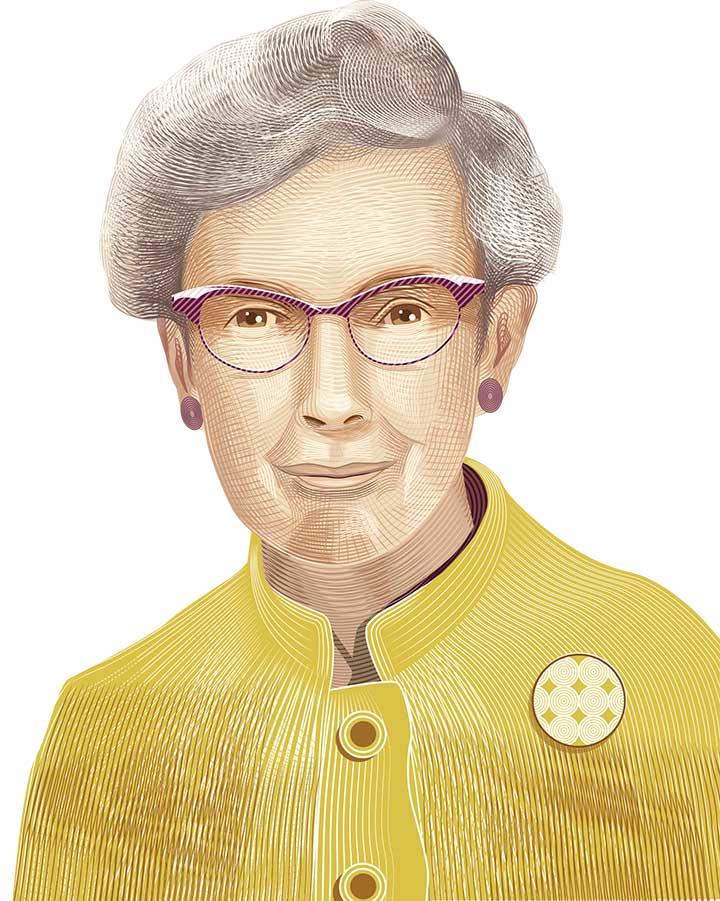Computer used to be a job title, referring to a person who performed calculations on behalf of higher-ups who didn’t want to churn through data for hours or weeks at a time. In the early 20th century, most computers were women. (In the 1940s, one wag suggested we use the term kilogirl as a measure of digital computing power, where one kilogirl equals 1,000 hours of labor.) In 1920, a 22-year-old named Charlotte Moore, after dazzling the mathematics department at Swarthmore College, joined Princeton’s Department of Astronomy as a computer. She rose to astronomy’s highest ranks, a solar specialist who published five monographs and more than 85 papers.
Moore started as an assistant to Professor Henry Norris Russell 1897, calculating the positions of celestial bodies and collecting data on visits to the Mount Wilson Observatory. After taking a break to earn a Ph.D. in physics at the University of California, Berkeley (dissertation on sunspot spectra, 1931), Moore rejoined the lab at Princeton.
Moore’s most enduring contribution lay in her compilation of tables of atomic spectra — which remain foundational to the work of astronomers. Using spectroscopes, arcs, and ovens, she identified the patterns of spectral lines that elements at various temperatures produced. This was applied quantum mechanics. She recorded these patterns, called multiplets, in bound volumes of tables that researchers could compare with stellar spectra to identify the components of distant stars.
In 1936, The Daily Princetonian described her at work: “Behind a large desk scientifically littered with paper, a small, dark-haired woman sits, scribbles and fingers her slide rule. The desk belongs to an office at 14 Prospect Ave., and its owner is Miss Charlotte Moore, of the Princeton Astronomical Observatory. Last week Miss Moore left her desk long enough to journey to Frederick, Md., and announce to the assembled host of the American Astronomical Society her discovery of three new elements in the sun.” This discovery brought to 61 the number of elements found on Earth that could be found in the sun. Later, Moore’s spectroscopy identified the element technetium in the sun, the first time anyone found that element in nature.
A year after that article appeared, Moore married another Princeton astronomer, Bancroft Sitterly 1917 *1922. He proposed after a night of stargazing.
The work of human computers lives on in the codes and architectures of digital computers. Moore’s tables of atomic-energy levels became the foundation of the National Institute of Science and Technology’s database of atomic line identifications, the entry point for all atomic data. “It isn’t glamorous,” she told The Washington Post in 1961, “but the work, itself, carries you along on its own interest.”
That comment downplays the importance of her contributions. Scientists still cite Moore’s tables today. Their value, says astrophysicist and historian Steve Shore, “extends far beyond their original intention — without these lists, modern stellar atmospheres analyses would be impossible.”











No responses yet